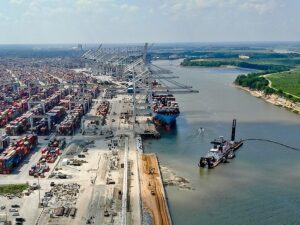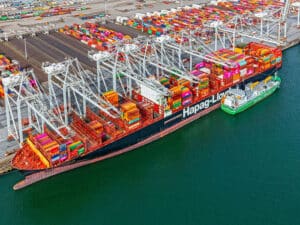
Black and Graywater: An overlooked environmental issue
Written by Heather Ervin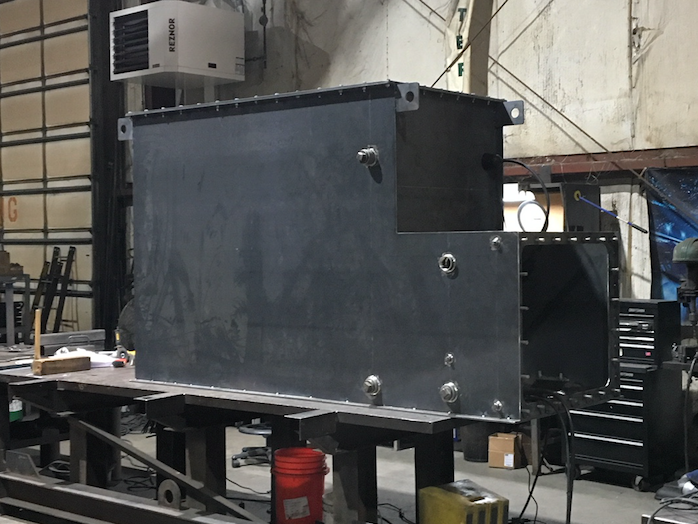
The company's in-house, fabricated steel tanks are welded to ABS deep tank standards. (Credit: Scienco/FAST)
Scienco/FAST, a manufacturer of marine sewage devices (MSD) based in St. Louis, Mo., has installed nearly 5,000 of its MSD units aboard towboats, tugs, offshore supply vessels, diving support vessels, pilot boats, containerships, tankers, bulk carriers, cruise ships, and many more types of vessels all around the world. The company has more than 50 years of research, development and real-world operating history for water, wastewater, storm water, and graywater treatment.
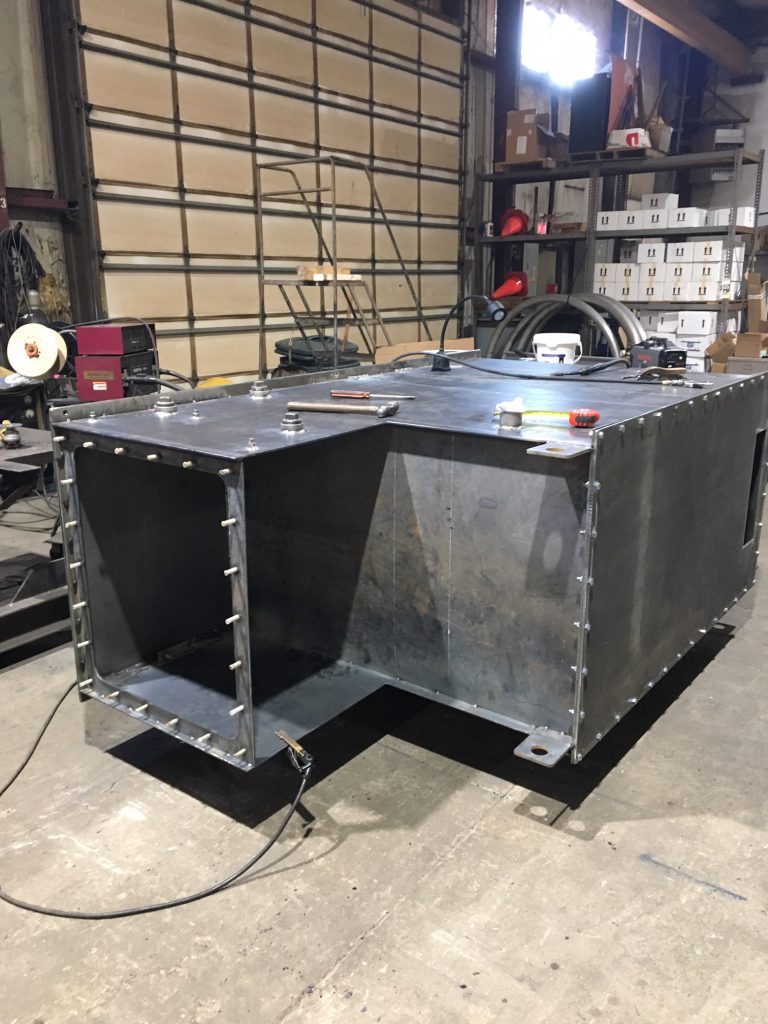
Scienco/FAST’s parent company BioMicrobics located in Lenexa, Kan., and incorporated in 1996, specializes in land-based solutions and has more than 80,000 installs worldwide using the FAST (Fixed Activate Sludge Treatment) system in various applications from homes to small municipalities and public/private commercial properties.
Not only does the company deal with graywater sewage, it has also dived into blackwater solutions. Marine Log sat down with Robert Rebori, president of BioMicrobics Inc. and Scienco/FAST; Bob Millerbaugh, executive vice president, marine sales and marketing, Scienco/FAST; and Jennifer Cisneros, vice president of marketing, BioMicrobics Inc., to learn more about gray and blackwater, MSD solutions and what operators should know about these types of discharges.
Marine Log (ML): What exactly does “blackwater” and “graywater” refer to in terms of discharges from marine vessels?
Bob Millerbaugh (BM): Blackwater is sewage from toilet water and graywater is wastewater from sinks, showers, and laundry. There is also a third category of waste. This comes from the galley in the form of “ground food” either from a sink or the dishwasher that adds to mixture.
Jennifer Cisneros (JC): Another way to look at it is, blackwater contains organic material, often containing digested food (fecal matter), urine (ammonia), and undigested biological substances (food waste) that contain and attract bacteria. Graywater is lightly soiled water containing sediment, detergents, cleaners, soaps, and other biological and non-biological contaminants that end up down the drain from other water fixtures.
ML: Can you tell us a little about Scienco/FAST and its work with black and graywater systems for maritime?
JC: Looking back at the FAST system’s history and experience, it goes back to the very first prototype of the marine FAST system was installed aboard the river towboat M/V Missouri in 1969. It all started when the St. Louis Ship Company was approached to develop a marine wastewater treatment device that would allow onboard wastewater to be reused for toilet flushing. Through a collaboration with the original inventor and the University of Kansas, the inception of an aerobic, wastewater treatment system that utilizes a completely submerged, fixed-film process with a passive recycle system without pumped recirculation or drying of the bacterial growth on the media was born–the FAST system.
After the first few years of successful operation on several vessels, the FAST unit sales and production began in 1973. Even though there were no federal rules before 1975 and the Clean Water Act had just been enacted, the towboats operating on U.S. inland rivers had to meet individual and varying state regulations. As such, the U.S. Coast Guard issued the first MSD requirements, in 33 CFR Part 159. All MSD systems must meet the minimum standards for 150 TSS, 200 fecal, certified by U.S. Coast Guard installed aboard vessels and are not subject to effluent sampling in service, which isn’t required by regulations. Official testing for the MarineFAST system was done aboard the towboat M/V United States and the FAST unit passed all tests to obtained Coast Guard certification.
After years of success and continuous performance of the systems throughout the ’80s, ’90s and 2000s, a production of the MarineFAST (Model L-3X) passed all tests specified by Navigation and Vessel Inspection Circular (NVIC) No. 01-09, including but not limited to IMO Resolution MEPC.159 (55) with results every bit as outstanding as those achieved in 1978. In addition, all standard and custom MarineFAST models are certified under Regulations for the Prevention of Pollution from Ships and for Dangerous Chemicals (SQR/2007-86) and MEPC.227 (64) using either chlorine or peracetic acid (PAA) disinfection. PAA is environmentally friendly and does not produce harmful byproducts. Also, use of PAA substantially reduced the cost of MARPOL certified FAST units.
BM: With these years of experience, we are an original equipment manufacturer that provides solutions in the global wastewater markets. Our focus on the system starts with a commitment to the project from consulting with our clients during the system design phase to ensure safe and efficient operation of equipment over time. We provide CAD services and tailor the manual to the specific needs of the system for proper maintenance and operation to ensure years of reliable service. As a matter of fact, some of our first FAST systems made are still in service and the average life span is 30-plus years. Scienco/FAST takes care of its customers’ maintenance, repair, and parts requirements, while also offering a full, after sales support service. This includes servicing, planned preventative maintenance, operator training and spares. Onsite repair service is also available through engineering and/or associate representative companies. Training can be provided either at client’s site or at our factory, where we cover all aspects of operation and maintenance.
Robert Rebori (RR): Additionally, each model size has a given rating based on the number of persons contributing to blackwater. When we add graywater and/or galley water (food waste water), we de-rate the number of persons for each model size based on the additional hydraulic and biological loads.
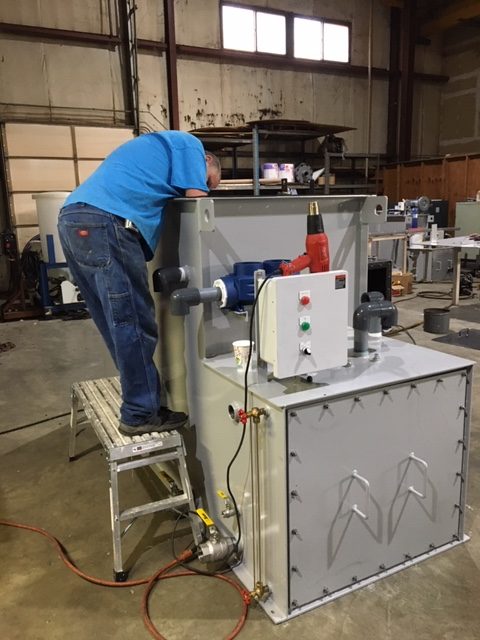
ML: What are the top regulatory concerns for black and graywater faced by today’s operators?
BM: The top concerns are new state-by-state regulations that are over and above the current federal regulations. These newer regulations reduce the effluent output limits. In some areas, such as the Great Lakes and Alaska, graywater discharge is treated the same as blackwater discharge.
ML: Any guess on how these regulations will develop over the next several years?
BM: We expect to see stiffer regulations, including the addition of regulations concerning treated graywater discharge in all areas of the U.S., as well as testing the effluent.
RR: A big concern is whether vessels that have blackwater-only MSD systems will be “grandfathered” into compliance or whether they will need to reconfigure their MSDs and piping in the future to add graywater treatment. In many cases, it could be expensive to modify the vessels, which would include loss of service for the vessel in port, or worse, in dry dock.
ML: How do regulations on this topic differ domestically compared to the rest of the world?
BM: The U.S. has regulations with the Clean Water Act, which was enacted in 1973. In other parts of the world, the standards of effluent discharge are stricter, and they sample the discharge. They also can’t discharge chlorine into waters. So, they have to add a de-chlorination system or use an alternative, such as peracetic acid. Scienco/FAST provides all of this equipment.
RR: Also, the differences in regulations vary based on environmental concerns, such as on the Alaska Waterways or the Great Lakes.
ML: Scienco/FAST is an international company. Can you talk about your work outside of the United States?
BM: We sell our systems to international companies, cruise lines, and to other countries navies and coast guards all over the world.
RR: And really, this could be a topic all its own. Most countries have ratified the IMO standards under MARPOL for the latest MSD requirements. However, enforcement ranges from none to complete enforcement. Also, many vessels are flagged in low-cost countries for vessel registration and they may not have the desire or the resources to enforce requirements. However, if vessel operators know they will be sailing to countries that do enforce the requirements, they will do the minimum to have the MSD with the Certificate for Inspected Vessels.
JC: As a global manufacturer of integrated water solutions, BioMicrobics is well versed in advanced wastewater, water, graywater and storm water treatment systems. Adopting new “integrated water management” technologies and innovations will lead us to rethink our relationship with water and how we can better manage it.
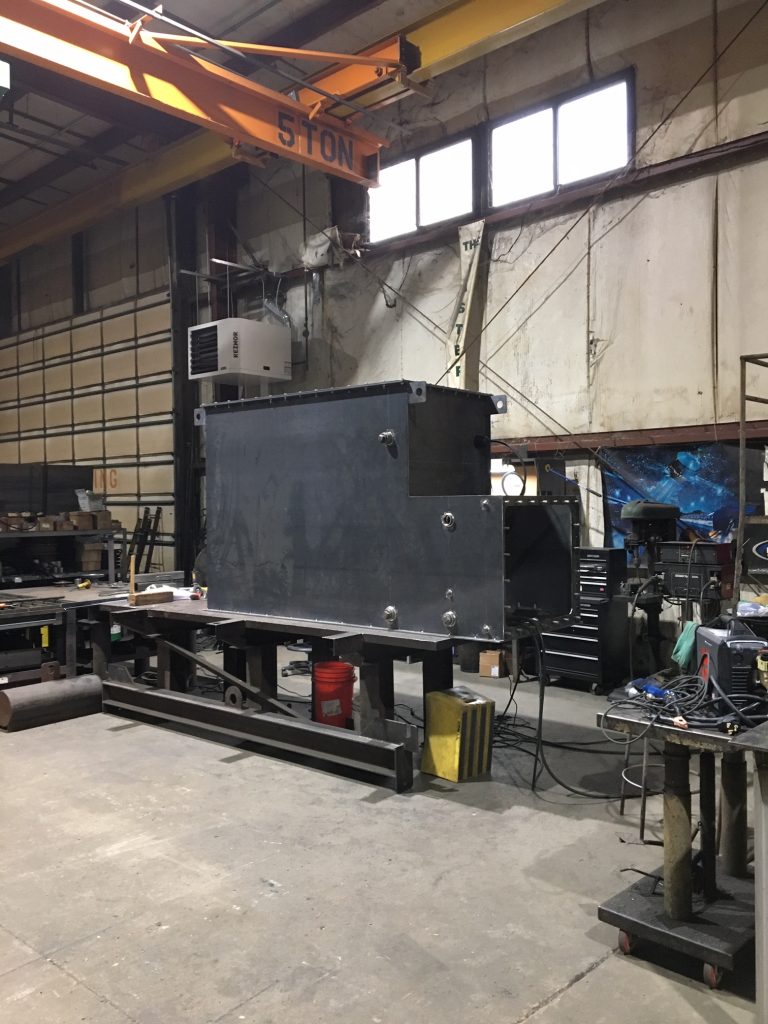
ML: How many units have you installed on vessels to date, and what types of vessels do you work with the most?
BM: We have approximately 4,700 systems aboard vessels, platforms and shore docks. Our core business is tug and towboats, however, with a full engineering and design staff, we can engineer systems for large cruise ships and even aircraft carriers.
RR: The answer to this also varies with economics. For instance, there is an abundance of bulk ore carriers and the price of oil is down, so those vessels and the offshore markets are down. Tug and towboats are up, and until recently, ferries, cruise vessels, research vessels, and military vessels were up. Essentially, we have thousands of systems operating everywhere around the world on all types of inspected vessels, including yachts, offshore platforms and supply vessels, and we will likely see growth in wind energy platforms.
JC: With so many vessel installs and over 80,000 land installations in more than 80 countries, the FAST process has become the most accepted method for treating sewage and maintaining public health by creating a better approach to sanitation management.
ML: You mentioned earlier that graywater is treated as sewage in the Great Lakes. Is this unique to that area, and if so, how come?
BM: It is unique to the area mostly due to the proximity of Canada, where the effluent standards are higher, as well as the large coastline that touches so many different states, each with protected areas.
RR: Environmentally, the fresh water in the Great Lakes can be more affected by the soaps and things in graywater than, say, oceans or even rivers with high-flow through.

